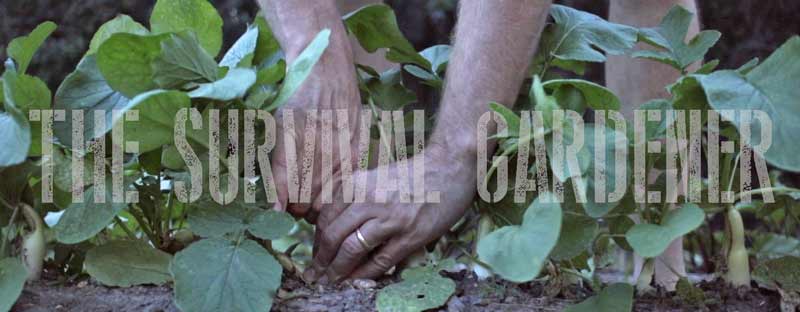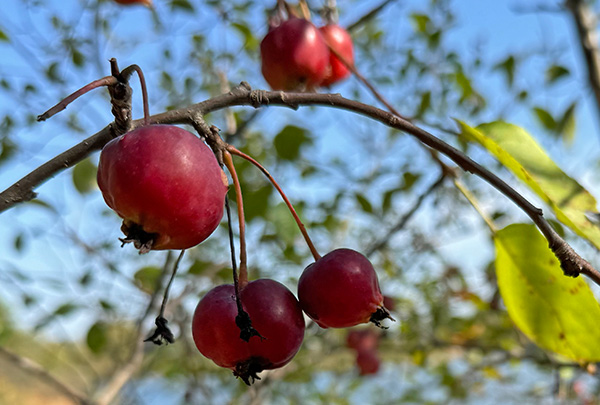I have been reading Uncultivated by New York cider-maker Andy Brennan. His approach to making cider is fascinating. Instead of using cultivated apples, he makes most of his cider from the fruit of feral apple trees growing on old farms and in the woods.
Modern apple-growing is big business, and has been turned into a highly sprayed, highly fertilized, highly polished production.
As Brennan writes in his book, some people don’t think you can even grow apples without lots of maintenance and spraying. Yet the massive seedling trees growing rampant in the New York woods tell another tale.
When we turned away from backyard orchards and homegrown fruit to mass-produced, waxed, gassed, sprayed and picture-perfect apples, we lost a piece of our culture and a lot of our heritage. His thoughts on apples tie in with my own thoughts on the value of growing fruit trees from seed.
If you plant apple seeds and get a harvest, sometimes the fruits are sour or small. They aren’t like their parents. But for cider, that can be perfectly fine. Apples can be more than just a dessert fruit.
I have a pear tree in my yard that has such astringent pears they are inedible. I assumed it was a rootstock, and over-grafted it two years ago with scion wood from sweet pears. Those grafts failed and the tree has sprung back into bloom this year.
Now I wonder if those pears aren’t something special, like a pear grown for perry. Apparently, many “perry pears” are astringent and inedible before fermentation, but once fermented, they have the rich tannins and flavors that make for a great aged perry.
Now I’ll have to try. It might be a seedling pear, or a rootstock, or it might be a perry pear from long ago. Andy’s book has made me wonder.
This year I planted multiple old varieties of cider apple, plus three seedling trees. Perhaps we’ll be able to make Lower Alabama cider in a few years.

